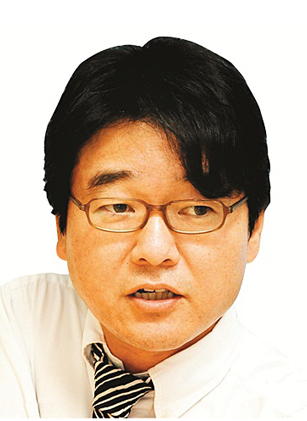A certain Mr. Kim living in rural areas received a stomach cancer checkup from a medical team sent by National Health Insurance Service two years ago.
It was done aboard a hospital car touring community health centers, through a stomach angiography performed by radiologists using X-ray scanner installed on the ambulance. Kim received a ruling of normal at the checkup. “No opinions of abnormality. Regular checkup recommended after two years” – that was the result of his stomach cancer examination.

Kim had since lived free from care – until a year later when he visited an internal medicine clinic because of an unbearable stomach ache. An examination revealed that he had gastric cancer. Doctors quickly transferred him to get additional tests at a university hospital. There, they found his cancer had spread far and wide. It was inoperable terminal cancer. Kim brought the case to a court, blaming the checkup of a year earlier for failing to find it.
Kim’s case has become a medical dispute: Either the checkup on the vehicle might not have managed to catch cancer, or there were no cancers at the time, but one had since developed and grown so fast. It is all but impossible now to know which was right. Statistically, chances are much higher that the stomach angiography of a year ago appeared to miss cancer than the other way round.
This is how gastric cancer examinations aboard vehicles often turn out to be. First of all, the quality of image caught by X-ray scanners mounted on cars is inferior to those at hospitals. A doctor should directly perform them by photographing, screening, rotating, and pressing the suspected area of cancer. A radiologist who takes an angiography and examines them later doesn’t suffice. Results from these vehicles can hardly be accurate.
As a matter of fact, one had better not take these sorts of wrong checkups. The poor screening can lead people to falsely believe they are okay, and keep them from getting other screenings. Had Kim not taken the poor checkups, he might have undergone endoscopy or a more proper stomach angiography. Bad checkups have deprived him of such opportunities.
People undergo cancer checkups although they have no symptoms to catch cancer in the early stage and reduce mortalities. However, stomach angiography’s discovery rate of cancer at an early stage is so low that it cannot lower death rate from stomach cancer. That, however, cannot keep more than a million people from undergoing stomach angiography a year.
According to the National Cancer Center’s study conducted on 50,000 patients who died from stomach cancer and their relation to cancer screenings, endoscopic examinations reduced the risk of death by 47 percent. On the other hand, stomach angiographies reduced the mortality rate by only 2 percent, which is statistically insignificant. "The result shows the accuracy of stomach angiographies is not even half as effective as endoscopies," the researchers said.
Research conducted by the National Cancer Center in 2012 found that stomach angiographies detected cancer in only 0.68 patients out of 1,000, while gastrointestinal endoscopies found them in 2.61 patients out of the same. Stomach angiographies performed aboard touring hospital cars are to blame for the overall low detection rate.
Stomach cancer is the number one cause of death in Korean males, followed by lung cancer. Because it is life-threatening, regular check-ups are of the essence, even if there are no symptoms. However, people misled to believe that they don’t have cancer due to inadequate screenings usually don’t bother to get another screening for at least two years. Checkups aboard ambulances expose people to dangerous situations as shown by Kim’s case, especially if they live in areas that have poor access to hospitals.
The conclusion: Get rid of gastric cancer examinations aboard vehicles – right now.

